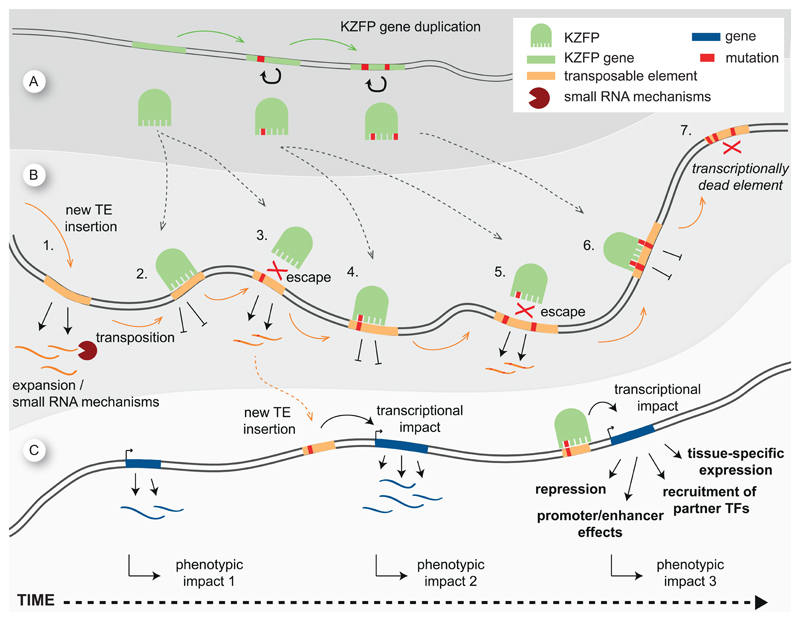Figure 5. The dual evolutionary drive of KZFPs: arms race and TE domestication.
(A) KZFPs gene expansion over time. Duplication events and accumulation of mutations are depicted. (B) An evolutionary arms race between KZFPs and TEs. When a novel TE enters the host, it starts to be expressed and to transpose, albeit partly controlled by a first, small RNA-based, line of defense (1). Over time, KZFPs genes duplicate and paralogs emerge that can bind these TEs (2). In parallel, transposons accumulate mutations and escape repression (3 and 5), yet new KZFPs appear that can suppress the expression of these escapees (4 and 6). Eventually some of these TEs accumulate mutations and are rendered inactive (7) (C) From deleterious mutations to co-option. Left, a hypothetical gene would initially have a certain phenotypic impact (phenotypic impact 1). Middle, transposon insertions near genes can lead to transcriptional effects with phenotypic consequences (causing a phenotypic impact 2). Right, some of these could be beneficial for the host, notably if modulated by KZFP-mediated control, which can incur a variety of transcriptional and phenotypic effects. The TE/KZFP pair then can become fixed in evolution, completing the co-option process. KZFPs, KRAB-zinc finger proteins; TEs, transposable elements; TFs, transcription factors

